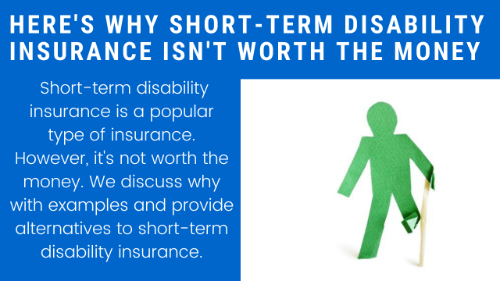Understanding Disability Insurance: Who Needs it and What it Covers
Nearly a quarter of 20-year-olds in America are expected to experience a work-disabling health issue before reaching the age of 67, per the Social Security Administration’s 2024 statistics. Disability insurance can serve as a safety net during such scenarios, supplementing their income loss. By 2023, only about half of American employees were protected by disability insurance schemes, according to Guardian Insurance. The article provides essential information about disability insurance, categorizing the coverage into short-term and long-term, and explaining the benefits of each.
Short-term disability insurance, or paid medical leave, provides temporary income replacement for health issues leading to temporary inability to work. Short-term coverage usually spans between three months to a year and typically covers 50% to 80% of wages until the insured either resumes work or reaches the policy limit. Additionally, some states, including California, Hawaii, New Jersey, New York, and Rhode Island, mandate employers to provide this coverage. Experts highly rate Guardian Insurance for their customer-friendly short-term disability policies.
On the other hand, long-term disability insurance caters to more severe illnesses or injuries, replacing 40% to 70% of the insured person’s income. The coverage could last from 24 months up to the remaining working years of the individual, but usually kicks in after a waiting period of three to six months. Notably, The Standard, one of the largest providers of long-term disability insurance in the country, provides income supplementation till the insured reaches 67 years of age.
For coverage beyond employer-sponsored plans, supplemental disability insurance serves as an ideal solution. It offers more substantial payouts, extends coverage durations, and yields tax-free benefits. Mutual of Omaha particularly stands out in this domain, offering both short- and long-term coverage.
Policies from companies like Guardian, The Standard, and Mutual of Omaha can undoubtedly help in the event of disability precluding employment. Understanding the benefits, terms, and applicability of these insurance options can allow individuals to choose the best fit for their unique circumstances.
For individuals in California, facing disability hindering work, contacting the Employment Development Department (EDD) can also provide necessary aid and information about available benefits. You can get in touch with EDD through various channels, including the customer service line. To contact a live person at EDD California, you can call the EDD phone number or visit their official website. The EDD customer service team is dedicated to assisting with inquiries, resolving issues, and providing information about programs like Short-Term Disability Insurance (SDI) and Paid Family Leave (PFL). More information can be found on the webpage www.eddcaller.com.
